MODERN ANTI-TANK WEAPONS
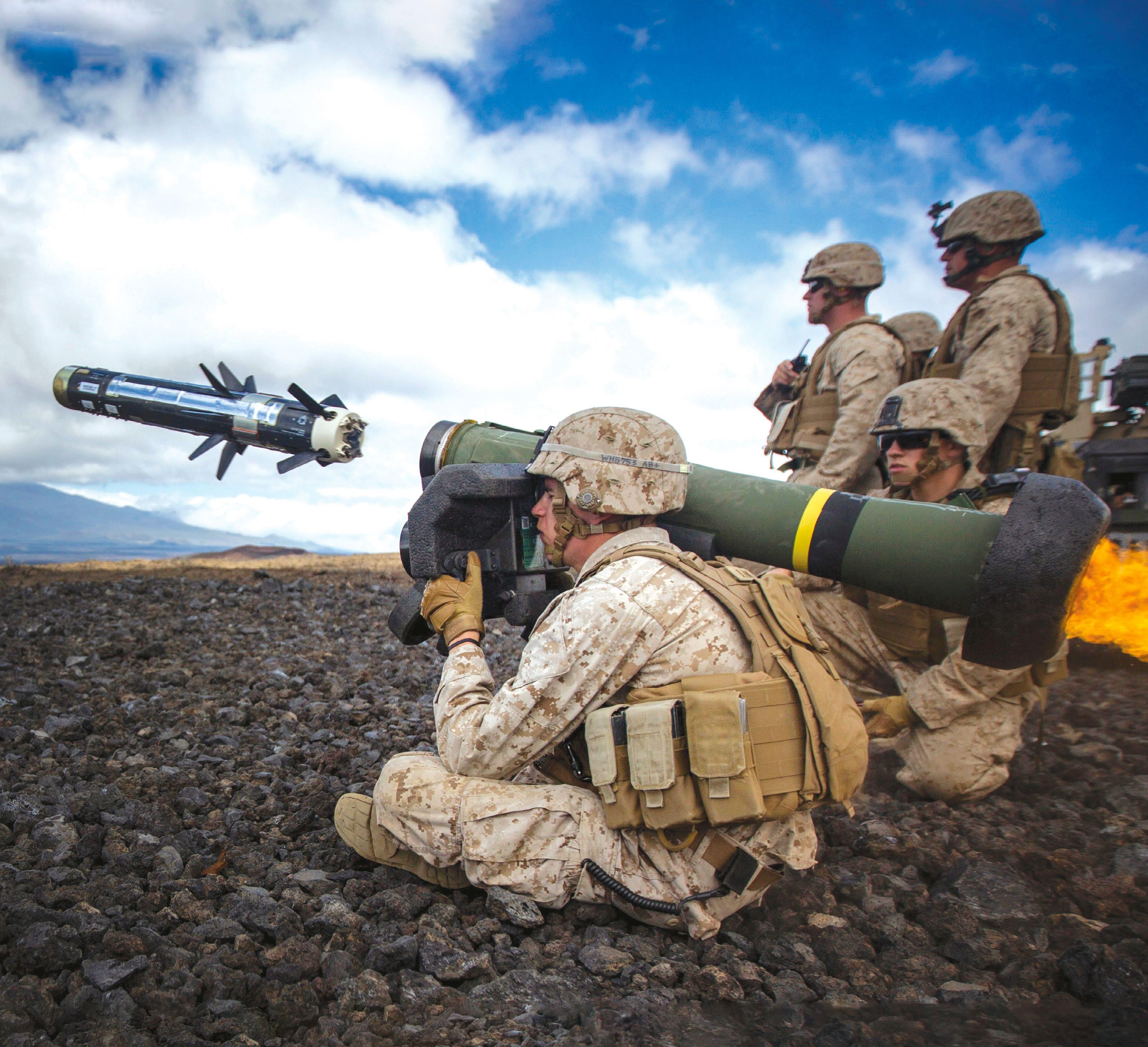
Anti-tank weaponry of the post-Cold War era, leaning heavily on the wave of military technology that began to emerge in the latter half of the 20th century, has led to the introduction of potent, man-portable missile and rocket systems as well as accurate, deadly systems fired from ground installations and aerial platforms such as helicopters, fixed-wing aircraft and unmanned drones.
Infantry systems often employ the concept of 'fire and forget', enabling a ground operator to aim, fire and then displace to avoid a counter-strike from the enemy; missiles fired from aircraft are often placed on target by sophisticated laser guidance systems. Although such technology has transformed the battlefield, resulting in a continuing advancement in both anti-tank weaponry and the defensive capabilities for the tank to protect itself, some systems have remained viable for many years, bridging the Cold War period well into the 21st century. The viability of armoured fighting vehicles and the effectiveness of weapons designed to kill the tank in combat have both been tested since the end of the Cold War, during Operation Desert Storm, the wars in Iraq and Afghanistan, and numerous other conflicts.
While the survivability of the armoured fighting vehicle on the battlefield has been improved with the introduction of countermeasures, explosive reactive armour (ERA), Chobham and other defensive initiatives, the anti-tank weapons available today are increasingly potent in firepower and accuracy. During the current war in Ukraine, one of the most prominent weapons systems is the American-made FGM-148 Javelin, a fire-and-forget man portable system introduced in the mid-1990s as a replacement for the M47 Dragon.
Esta historia es de la edición Issue 111 de History of War.
Comience su prueba gratuita de Magzter GOLD de 7 días para acceder a miles de historias premium seleccionadas y a más de 9,500 revistas y periódicos.
Ya eres suscriptor ? Conectar
Esta historia es de la edición Issue 111 de History of War.
Comience su prueba gratuita de Magzter GOLD de 7 días para acceder a miles de historias premium seleccionadas y a más de 9,500 revistas y periódicos.
Ya eres suscriptor? Conectar
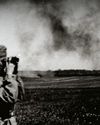
MINSK 1941 DEATH IN THE POCKET
During the early days Operation Barbarossa, Army Group Centre's rapid advance surrounded hundreds of thousands of Red Army soldiers in the Białystok-Minsk area. What ensued was a catastrophic defeat for the Soviet defenders

WHAT IF...RUSSIA SIGNED A SECOND PACT WITH GERMANY
With casualties mounting and citizens starving, what effect would Stalin striking another deal with Hitler have had?
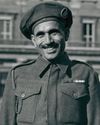
HEROES OF THE VICTORIA CROSS ALI HAIDAR
In WWII's final weeks, this British Indian Army sepoy was severely wounded in Italy while silencing multiple German machine gun nests
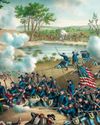
COLD HARBOR
By the late spring of 1864, Ulysses S Grant's Army of the Potomac was battering its way south towards Richmond, but his forces would reach their nadir along a crossroads north of the Confederate capital
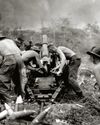
WWII THIS MONTH...80 JULY 1945 ANNIVERSARY
To commemorate 80 years since the Second World War, History of War will be taking a look at some of the key events taking place during each month of the conflict
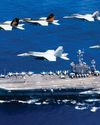
CARRIER KILLERS
Is the US Navy still dominant in the Pacific, or is its era of ascendancy under threat?

GOEBBELS AND THE FÜHRER
AN UNSETTLING YET TIMELY REMINDER THAT EVEN HISTORY'S WORST DEMAGOGUES WERE HUMAN
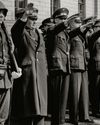
THE NAME OF TREASON VIDKUN QUISLING
Though his name became a byword for treason, this Norwegian Nazi collaborator maintained his innocence right to the end
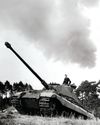
FIERCE BUT FLAWED? KING TIGER
The Tiger II was the largest tank used by Nazi Germany in WWII, but the behemoth was problem-prone and never had the impact on the battlefield its creators had sought
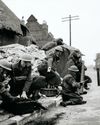
DEFENDING BRITAIN
In the event of a Nazi invasion, Britain would have deployed a network of deadly defences to impede the enemy at every turn
